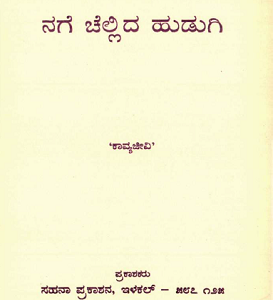Autobiography of Miss Cornelia Knight, lady companion to the Princess Charlotte of Wales, Volume 2 (of 2): with extracts from her journals and anecdote books
| Publication Language |
English |
|---|---|
| Publication Type |
eBooks |
| Publication License Type |
Open Access |
Kindly Register and Login to Tumakuru Digital Library. Only Registered Users can Access the Content of Tumakuru Digital Library.
















